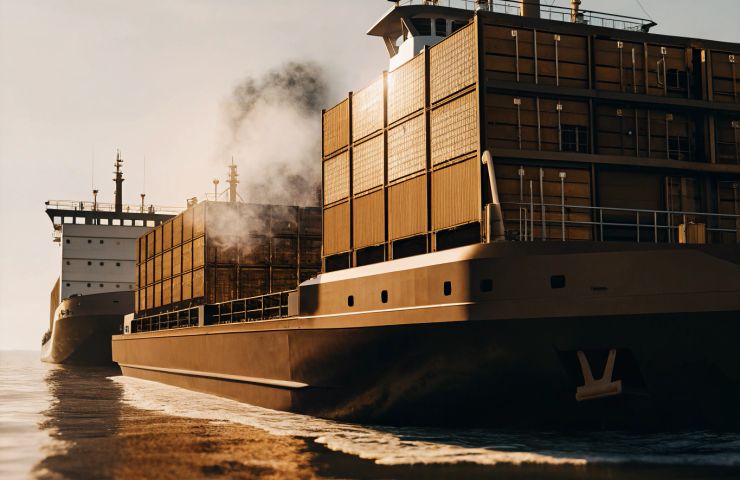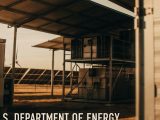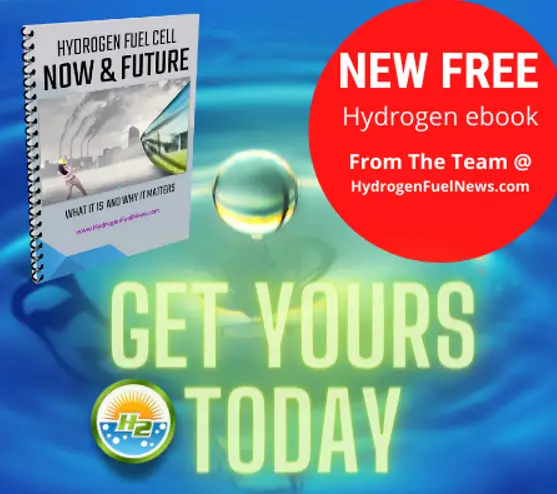
Ballard Secures 6.4 MW Hydrogen Fuel Cell Deal for Samskip Ships in Major Maritime Decarbonization Move
July 22, 2025Ballard Power Systems just scored a major win—a whopping 6.4 megawatt order for its FCwave™ hydrogen fuel cell engines. It’s one of the biggest commercial applications of fuel cell technology the marine industry has seen so far. The order comes from Hamburg’s eCap Marine GmbH, and it’s set to power two cargo ships run by Dutch logistics heavyweight Samskip, operating between Norway and the Netherlands. Engine deliveries are scheduled for 2025 and 2026.
Breaking New Ground for Hydrogen at Sea
This isn’t just some routine equipment upgrade—it’s a major step forward for maritime decarbonization. With 32 of Ballard’s 200 kW FCwave units onboard, it marks the company’s largest marine order ever, and it sets a new bar globally for zero-emission technology in commercial shipping.
Once those ships hit the water, they’ll be among the very first hydrogen-powered cargo vessels running regular routes across international waters.
Why It Matters: Europe Doubles Down on Green Shipping
Shipping is notoriously tough to decarbonize, but regulators aren’t backing down. The International Maritime Organization is cracking down on emissions, and governments like Norway are putting real money behind cleaner vessels. Backed by Norway’s climate agency ENOVA, this project doesn’t just look good on paper—it’s happening.
Norway and the Netherlands already hold some of the strictest environmental rules in the world, and now this route between them is showing what action—not just ambition—actually looks like.
Safety First: Certified for the Seas
It’s not just about going green—it’s about going safe too. The FCwave™ became the first marine fuel cell to earn DNV type-approval, meeting rigorous safety and engineering standards for maritime use. That opens the door to broader commercial adoption, with insurers also likely to breathe easier.
This tech turns green hydrogen into electricity with nothing more than water vapor coming out the other end. No carbon. No soot. Just clean propulsion.
Years in the Making—And the Right Players Involved
This isn’t some overnight breakthrough. Ballard and eCap Marine started collaborating back in 2021, laying the groundwork to move hydrogen power from prototype to the real world. Samskip’s involvement adds serious weight—they’re not dabblers; they’re one of Europe’s logistics giants and now early adopters pushing a zero-carbon agenda with actual action on the water.
As one industry insider put it, “You’ve got big policy support, world-class tech, and aging fleets that are begging for modern solutions. This deal connects all those dots.”
Looking Ahead: Hydrogen’s Next Wave
- Scale that matters: Real-world performance data from this project could help shape international maritime regulations and shift attitudes in ports and boardrooms alike.
- Infrastructure boost: To keep these ships fueled, hydrogen refueling hubs will need to pop up along the Norway–Netherlands corridor—giving a nice nudge to hydrogen infrastructure development in the region.
- Investor magnet: Pulling off a commercial order this size could fire up broader interest in upstream green hydrogen and port-based fuel solutions.
ENOVA’s support isn’t just a rubber stamp—it brings technical validation and financial muscle to the table. In a market that’s still finding its footing, that kind of backing is crucial for private companies ready to place bold bets.
No Hype—Just Hydrogen, Moving Fast
Green hydrogen still has plenty to prove, but this project is more than a test run—it’s a full-fledged shipping solution that’s expected to deliver. If it delivers as planned, we could see similar fuel cell setups expanding into everything from cargo ships to ferries—even cruise liners down the line.
In a world where shaving off just 1% of global shipping emissions makes a meaningful impact, bold moves like this aren’t just important—they’re part of a larger shift already underway.
One thing’s for sure: the tides are turning, and hydrogen fuel cells aren’t drifting in the background anymore. They’re steering the course.



 With over 15 years of reporting hydrogen news, we are your premier source for the latest updates and insights in hydrogen and renewable energy.
With over 15 years of reporting hydrogen news, we are your premier source for the latest updates and insights in hydrogen and renewable energy.